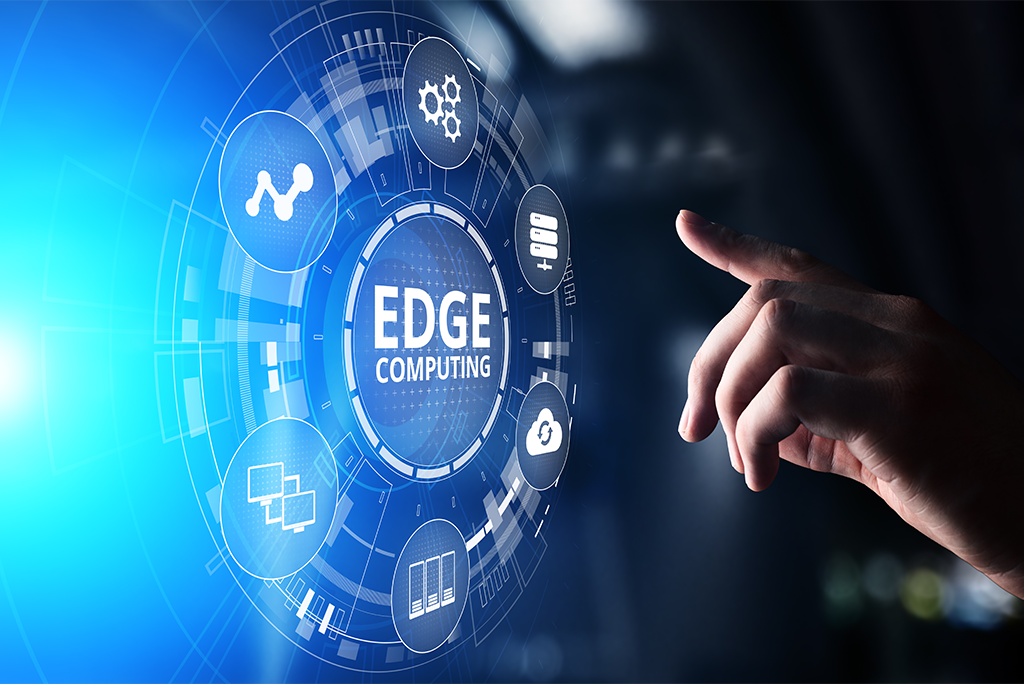The introduction of artificial intelligence (AI) to consumer electronics undergoes revolutionary changes in human-technology. Technology advances into 2025 have brought artificial intelligence beyond science fiction status to become mainstream in day-to-day devices which now enhance their processes while tailoring them to individual users. The text examines how AI technology spreads into consumer electronic products and examines the future development within this quick-changing market.
Current Trends in AI Integration
A wide variety of consumer electronics nowadays integrates AI including smartphone devices and smart home equipment and wearable devices and multimedia systems. Smartphone photography gets improved because artificial intelligence programs evaluate lighting situations and subject content to set optimized camera settings which results in simple automatic professional image capture. Natural language processing enables users to communicate with their devices through voice assistants which AI runs.
AI-based systems which operate in smart homes build understanding of individual preferences through operation history enabling streamlined automatic functions that combine comfort with power efficiency benefits. Users who install smart thermostats benefit from better comfort and reduced energy expenses through automatic heating and cooling regulation which adapts to their recognized behaviors.
The development of wearable technology received major improvements because of artificial intelligence. Modern fitness trackers as well as smartwatches generate individual health reports by processing sensor-based data. Health management tools embedded in these devices check heart rates along with monitoring sleep behaviors and medical timeline alarms throughout the day to enable patients to take independent control of their health status.
The Role of Personalization
AI creates personalized customer experiences which serve as the most thrilling development in consumer electronics technology today. The increasing customer need for customized products drives companies to implement AI systems for developing personalized solutions. Streaming services implement AI algorithms to study user watch patterns thereby providing personalized content recommendations.
gió extends its reach across multiple sectors starting from entertainment through to retail and e-commerce operations. Data collected by AI-powered recommendation systems helps identify product recommendations suited to individual customers thus it creates superior shopping experiences together with higher sales outcomes.
Future Innovations on the Horizon
A range of important innovations will define how AI develops within consumer electronics systems during future times.
Edge Computing: Edge computing emerges as a technology which allows devices to analyze data on-site rather than depending exclusively on cloud server networks. Real-time decision capabilities for smart cameras and autonomous vehicles will improve because of reduced latency through this advancement.

Enhanced Interconnectivity: Future devices will achieve better intercommunication capabilities which integrate all system components together. Future home systems will integrate perfectly allowing users to command all their features including security and lighting through a unified program.
Generative AI: Devices using Generative AI systems will generate new content along with the ability to transform existing content using user-directed input. Such developments would enable innovative changes to our media contact methods for delivering customized and interactive experiences.
Sustainability Focus: Consumer electronics production and operation will experience a growing focus on sustainability because environmental consciousness among consumers will increase. AI technology enhances device energy efficiency which leads to the development of environmentally friendly technological solutions.
Health Monitoring Advances: Wearable technology development will advance through the addition of AI capabilities which will improve its ability to track health parameters. Future technology devices will have enhanced sensor capabilities for detecting medical symptoms so users will obtain proactive warning signals and medical guidance.
Challenges Ahead
Consumer electronics encounter obstacles in their path toward full AI adoption. Protection of personal data stands as the most essential issue because devices gather extensive amounts of individual information. Companies will need to balance data protection with user trust to succeed in this field of operation.
The successful operation of device ecosystems requires uniform standards regarding different manufacturers’ products to enable easy connectivity. The complete realization of AI technology in consumer electronics depends on proper solutions to these existing difficulties.
Conclusion
Ordinary devices borderSide disruptive changes for human-machine interaction because they bring personalized services and enriched user experiences to multiple technology markets. The field will continue to transform through 2025 and into future years by integrating edge computing technology and generative AI together with better interconnectivity solutions. Future technological changes promise to transform how we interact with technology because they will completely reshape how we utilize technology in daily life. Consumers and manufacturers need to embrace these changes because they face a dynamic environment that requires their acceptance.


